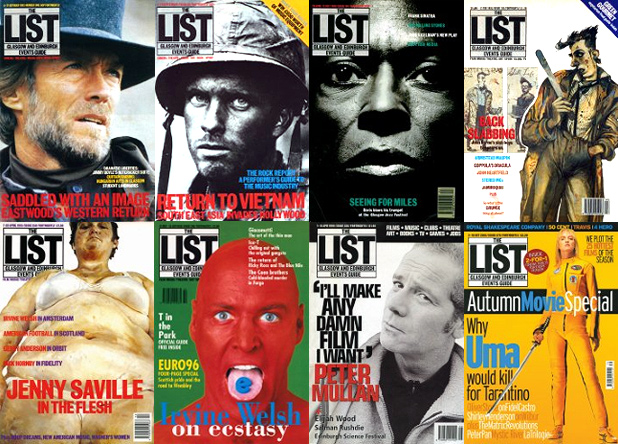
In August 2012, weekly London listings magazine Time Out—the foundation of what is now a global empire of magazines, city-guide websites, apps, guidebooks, etc—did something pretty radical. They started giving their magazine away for free.
Previously selling for just under £3 an issue, the move was a major element in the re-imagining of Time Out as a digital company which—in some markets, like London—“still does print”. That’s instead of being a print publisher which also has an online side to the business, by the way.
The change in approach was radical but, at least as far as the London publication is concerned, would appear to have worked. A print magazine that was, in circulation terms, on a deadly downwards spiral with an ageing readership, can now claim more readers than it’s had in years.
Of course, the new free Time Out London is a somewhat slimmer, and quite different publication from its predecessor; print’s job is now to signpost towards the commercial workhorse that is the online Time Out London listings site.
Given the regular spike in “hits” on their website after the distribution of each print issue, the team at Time Out originally determined that it would be worth continuing with the free print edition even if it made a loss. As it happens, offering a readership of half a million Londoners with no obvious competition, it now makes a significant profit in its own right.
Can Time Out London’s journey from fading paid-for title to successful picked-up-and-taken-home freemium magazine be recreated elsewhere? Is it likely to be the only sustainable business model for listings “magazines” in the digital age? Well, we’re about to find out in central Scotland.
First published back in 1985, The List has recorded artistic and cultural happenings in and around Glasgow and Edinburgh for three decades. Reliant on home-grown talent, it has also given numerous young arts journalists a start in their professional careers, even if it has seldom held onto them.
It’s always been something of a hand-to-mouth operation, particularly in its early years, but praise where praise is due; it has survived where numerous others have not.
For most of its life, The List was a fortnightly title; that always struck me as a somewhat “difficult to remember” schedule, though I accept there must have been sound business reasons for choosing it.
Times change, however; a few years ago, around the same time they really began to talk up the importance of The List website, the magazine shifted to a non-month specific four-weekly schedule. The exception to this remains during August when, in order to keep up with the various Edinburgh Festivals, The List still traditionally shifts up a gear and goes weekly.
Last year, I noticed that these festival editions of The List were primarily distributed free in venues across the centre of Edinburgh. Starting next month, that model is being extended to the whole print run.
I’ve also heard it said that the new quarterly print magazine won’t even include extensive listings, but will instead be largely preview features. Which, as some critics point out, sounds a bit odd for a supposed listings magazine called The List.
Except, of course, I’m guessing that the job of the new-look dead-tree edition of The List will be to encourage “traffic” to list.co.uk, the side of the business in which the company is investing most of its money and hopes for the future.
According to BBC News, “significant new investment” from two digital entrepreneurs in London, along with money from existing shareholders, aims to strengthen the web business and help The List “to deliver highly functional services” to mobile users who, at certain times of the day, “represent more than four in five of The List’s ‘audience’.”
That strikes me as sensible, even if it means the print magazine won’t now be the first port of call for those wanting the lowdown on the latest gigs, films, exhibitions, performances and clubs in Glasgow, Edinburgh and beyond. Well, why should it, when the web can do that sort of thing much more immediately?
After all, The List’s principal Edinburgh-based rival The Skinny is already doing something similar, and is also revamping its online presence. Indeed, the only difference is that The Skinny’s newsprint edition has always been distributed free of charge.
Will it work? We shall have to see. One thing is clear, though; surely there’ll be no going back to a cover price if it fails.